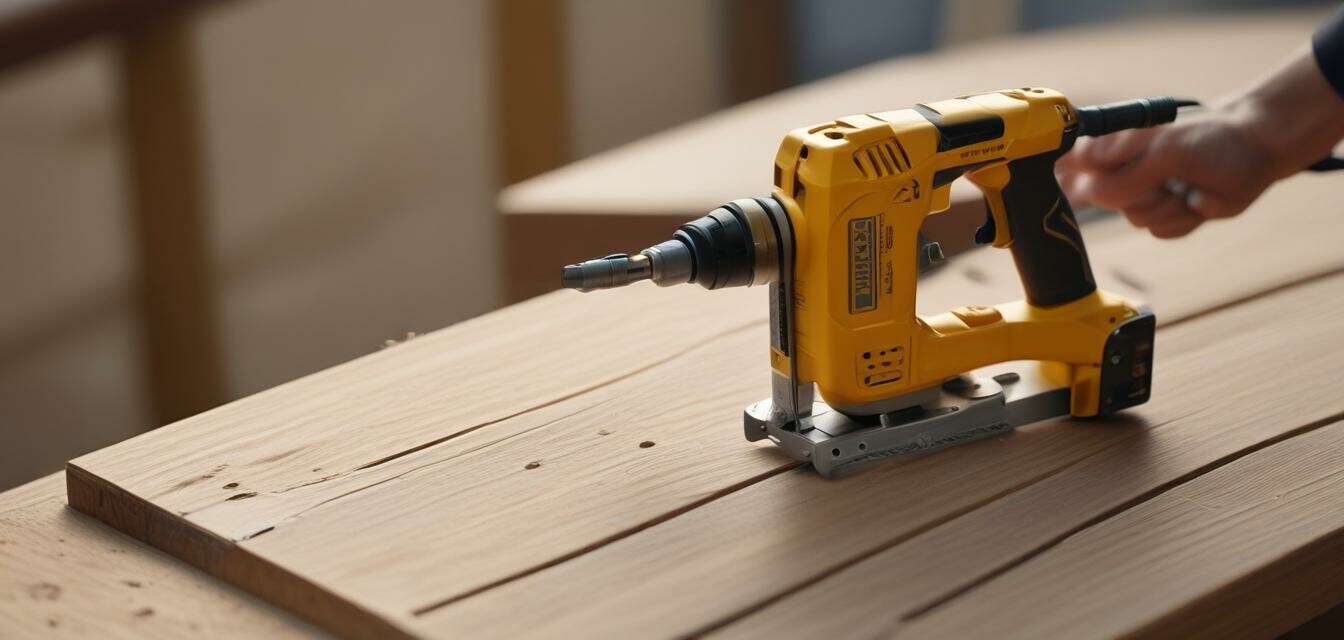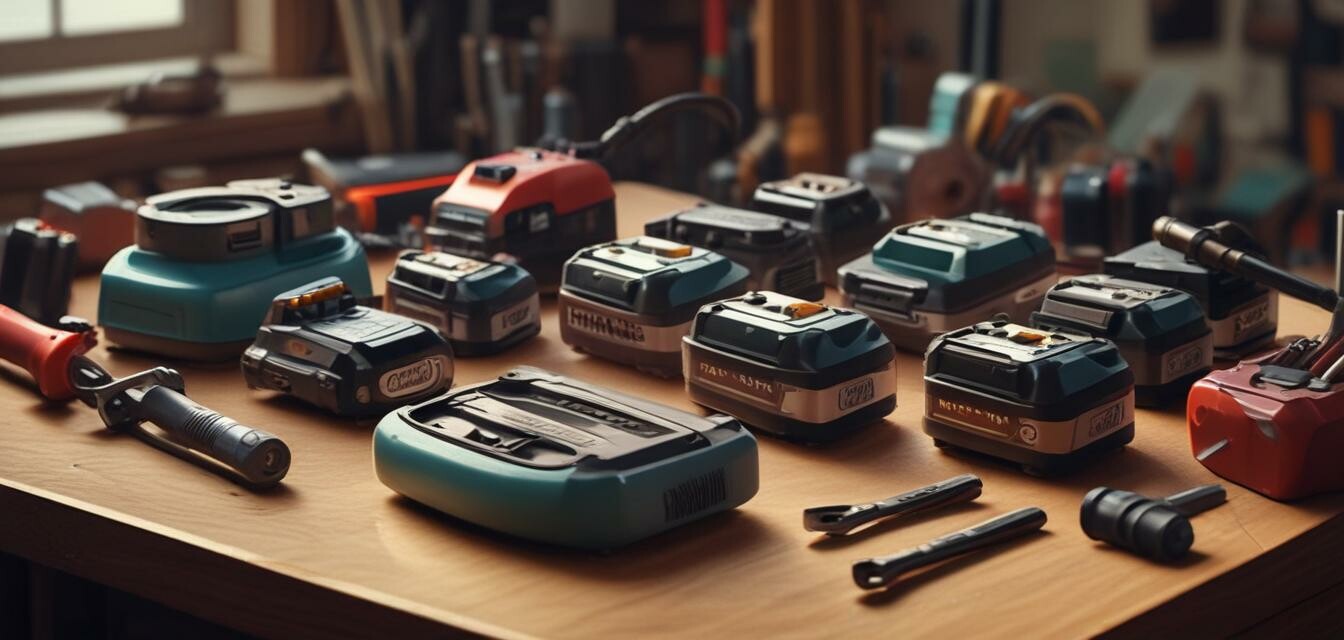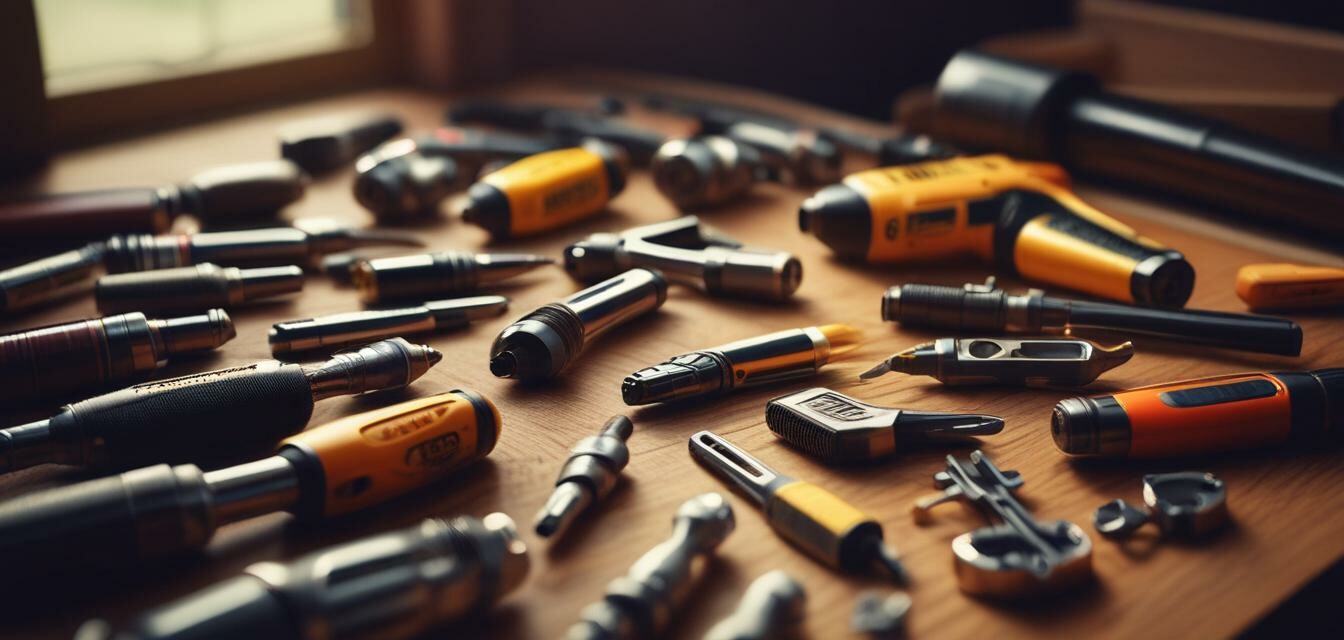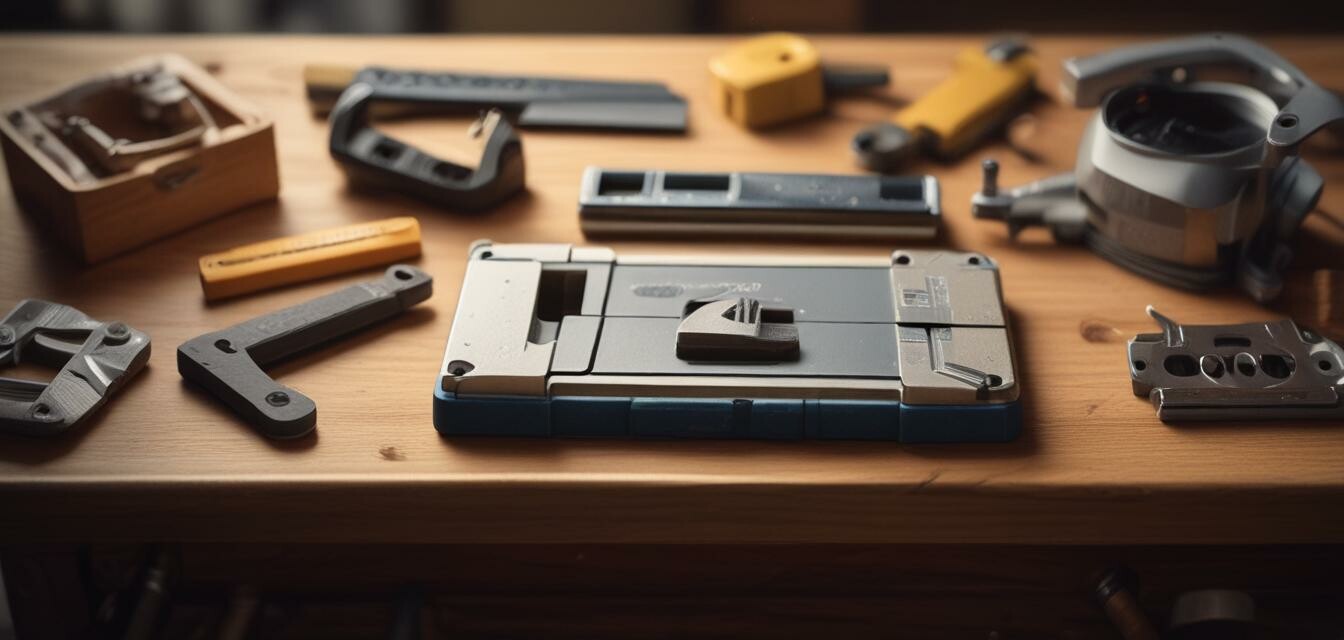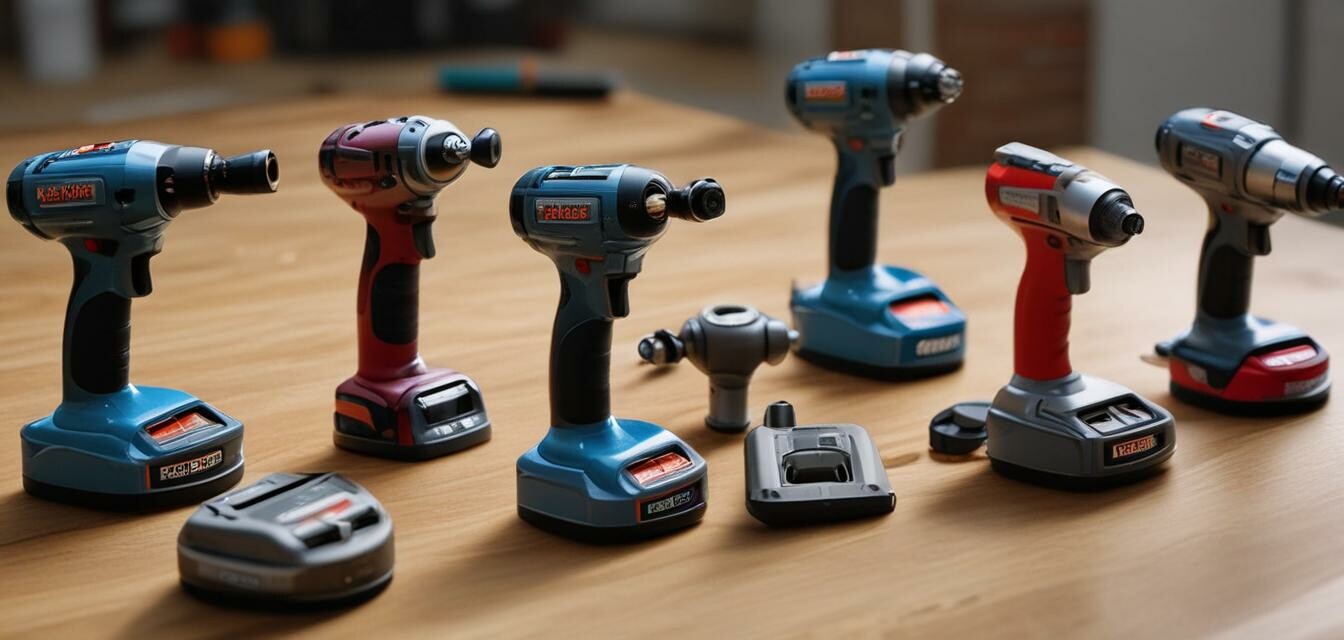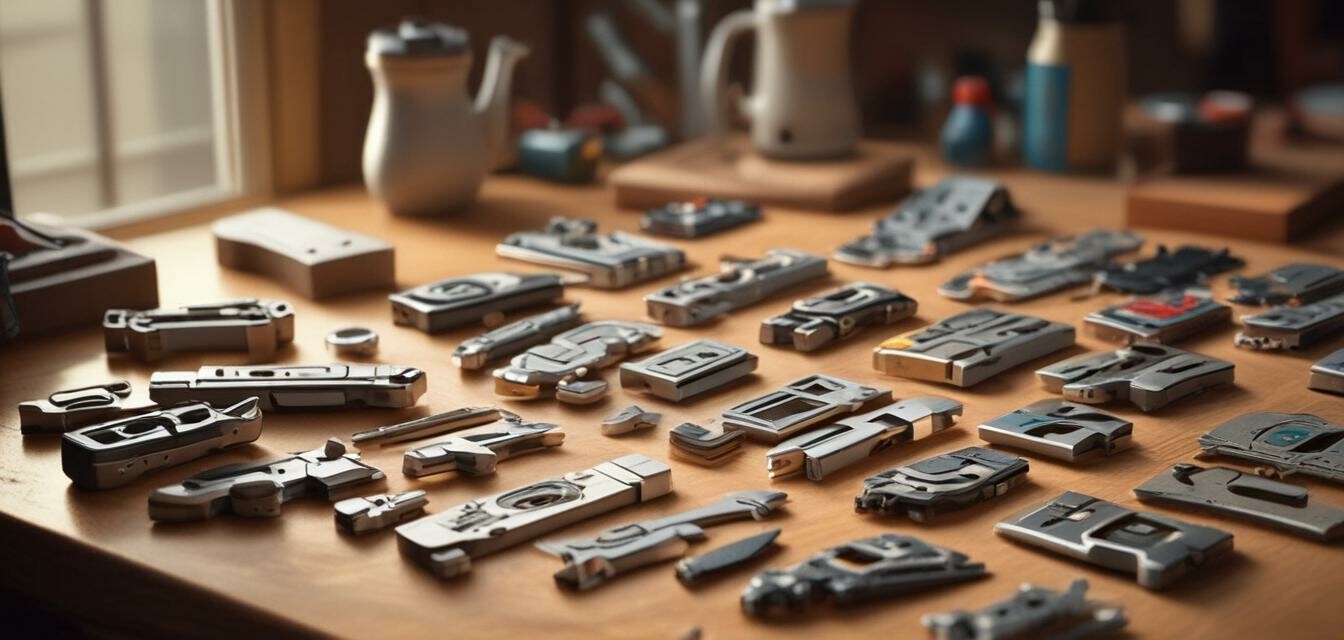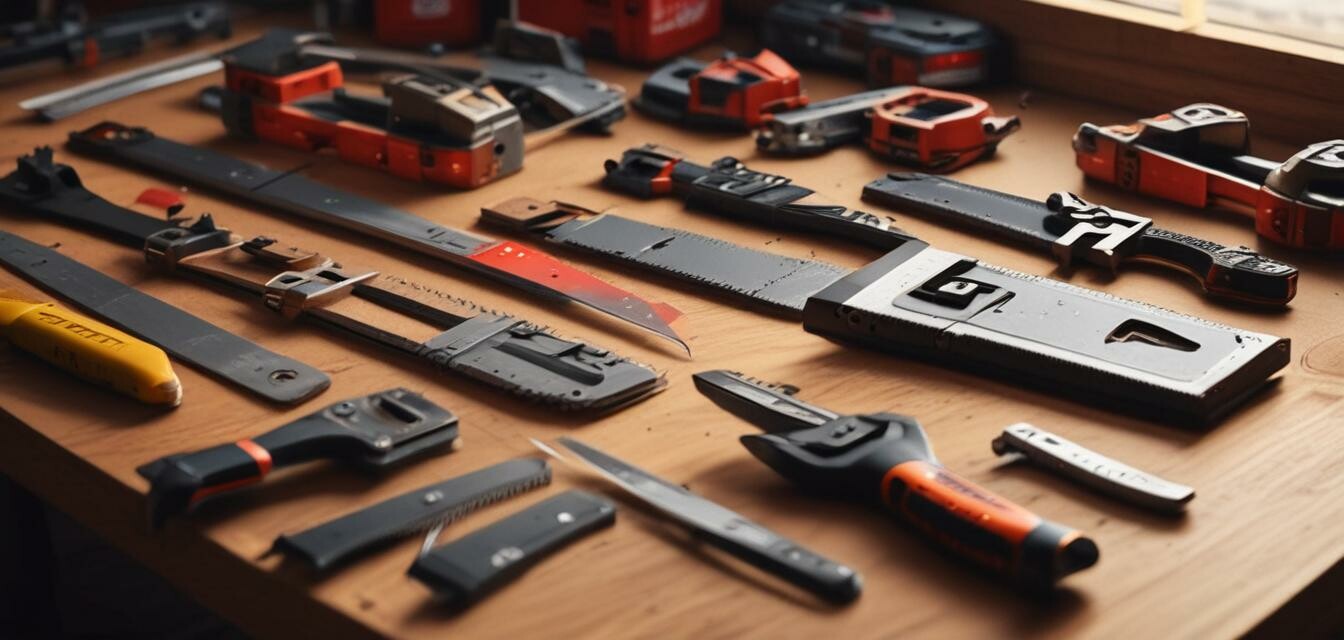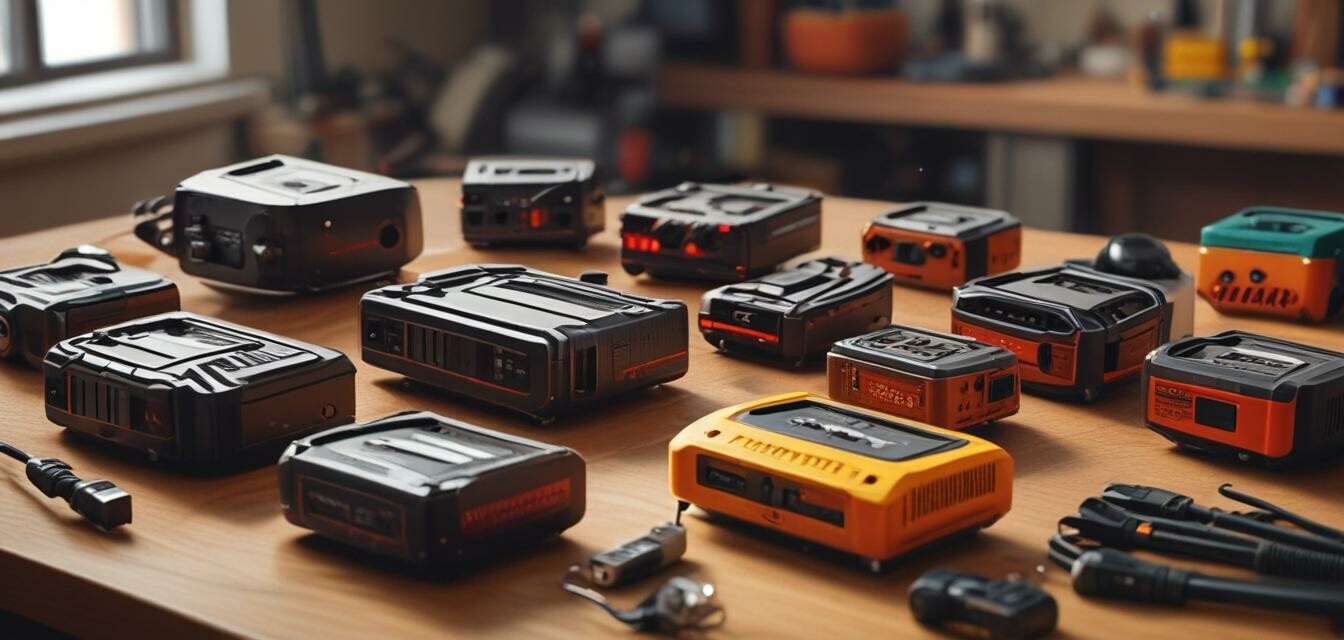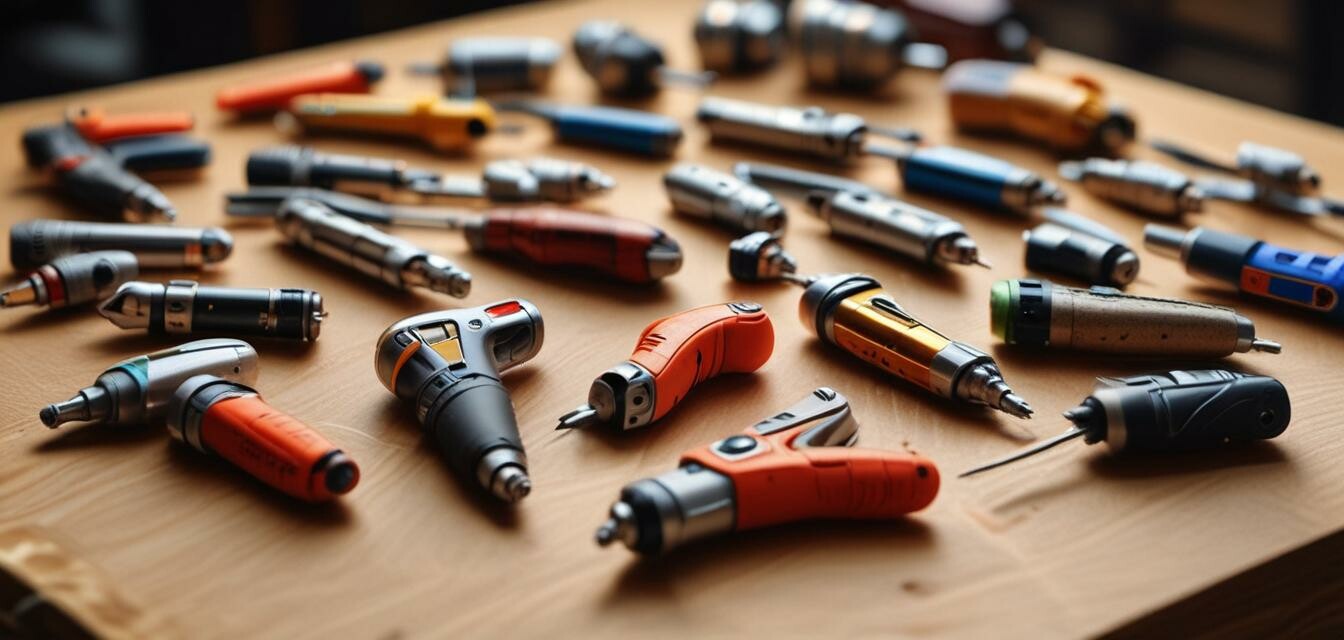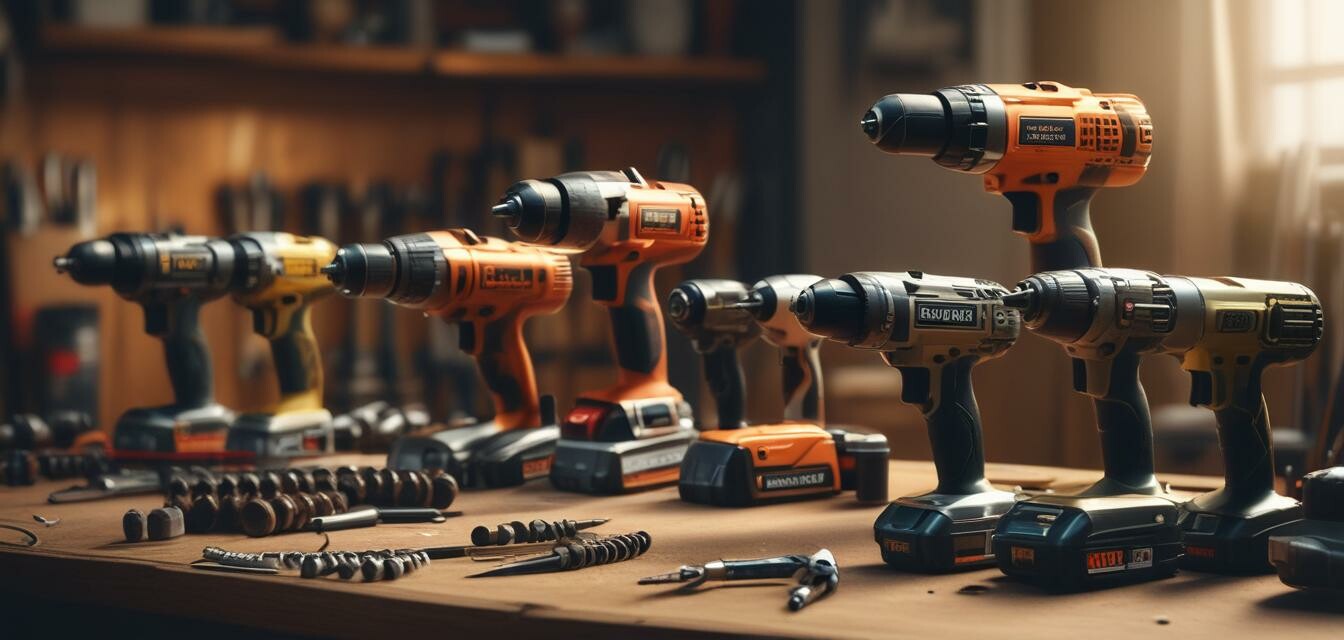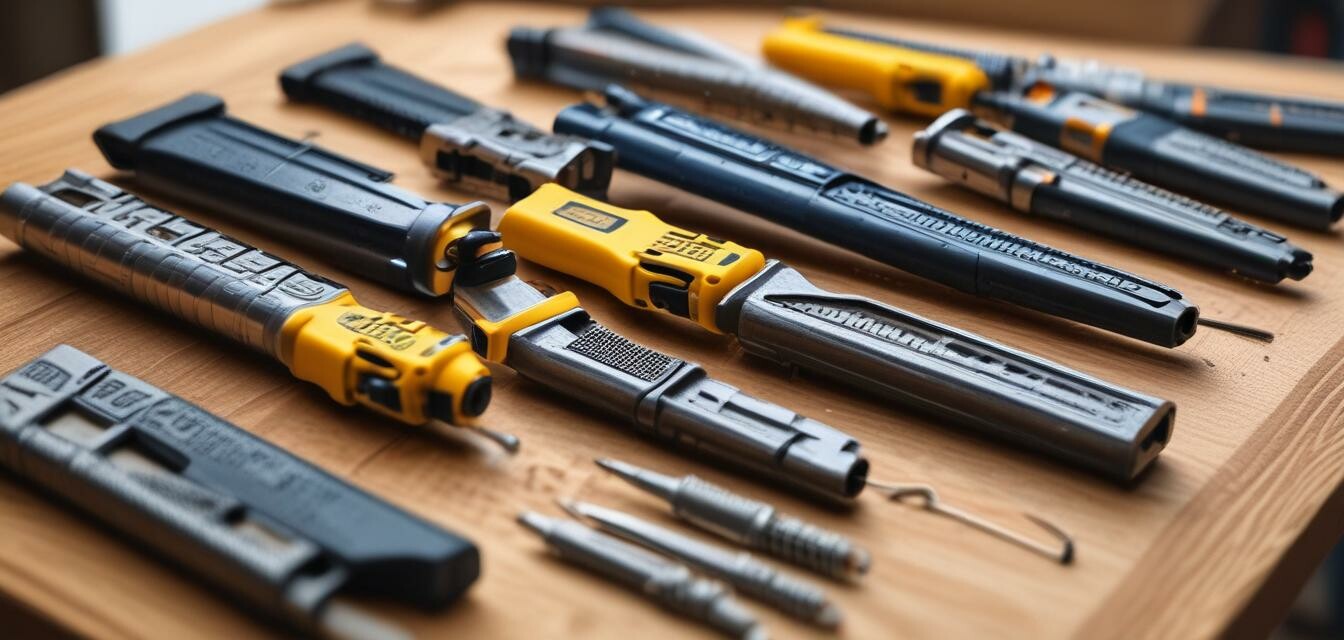
Portable nail guns
Key Takeaways
- Portable nail guns are essential tools for contractors and DIY enthusiasts.
- They save time and effort compared to manual nailing methods.
- Choosing the right nail gun depends on your specific needs and projects.
- Consider factors like power source, nail size, and weight for optimal performance.
Portable nail guns have become a staple in the toolbox of contractors and DIY enthusiasts. These tools not only speed up the nailing process but also ensure precision and consistency in every project. In this article, we will analyze the top portable nail guns available in the market, their features, benefits, and tips for choosing the right one for your needs.
What is a portable nail gun?
A portable nail gun is a power tool designed to drive nails into various materials like wood, plastic, and metal. Unlike traditional hammers, nail guns use compressed air, batteries, or electricity to operate. This allows for faster and more efficient nailing, making them ideal for both contractors working on large projects and homeowners tackling DIY tasks.
Types of portable nail guns
| Type | Description | Best For |
|---|---|---|
| Brad nailer | Drives thin nails, ideal for trim and molding. | Finish carpentry projects. |
| Framing nailer | Drives larger nails, perfect for framing structures. | Building frames and large structures. |
| Finish nailer | Drives medium-sized nails for cabinetry and furniture. | Fine woodworking and detailed projects. |
| Roofing nailer | Designed for installing roofing shingles. | Roofing projects. |
| Stapler | Drives staples for insulation and upholstery. | Upholstery and insulation tasks. |
Benefits of using portable nail guns
- Increased speed: Nail guns allow you to complete tasks much faster than using a hammer.
- Less fatigue: They reduce physical strain on your hands and wrists.
- Precision: Nail guns ensure accurate placement of nails, leading to cleaner finishes.
- Versatility: Different types of nail guns can handle various tasks from framing to finishing.
Key features to consider
When selecting a portable nail gun, consider the following features:
- Power source: Choose between pneumatic, electric, or battery-powered options.
- Nail size: Ensure compatibility with the size of nails you plan to use.
- Weight: A lighter nail gun can reduce fatigue during extended use.
- Depth adjustment: This feature allows you to control how deep the nails are driven.
- Safety features: Look for tools with safety mechanisms to prevent accidental firing.
Comparing popular portable nail guns
| Model | Type | Power Source | Weight | Price Range |
|---|---|---|---|---|
| Model A | Framing nailer | Pneumatic | 7 lbs | $200 - $250 |
| Model B | Brad nailer | Battery-powered | 4 lbs | $150 - $200 |
| Model C | Finish nailer | Electric | 5 lbs | $100 - $150 |
| Model D | Roofing nailer | Pneumatic | 8 lbs | $250 - $300 |
Tips for using portable nail guns
Beginner tips
- Always read the user manual before operating a nail gun.
- Wear safety goggles and ear protection while using the tool.
- Practice on scrap wood to familiarize yourself with the tool's operation.
- Maintain a proper grip and posture to enhance control and stability.
- Regularly check and maintain your nail gun to ensure optimal performance.
Common mistakes to avoid
- Using the wrong type of nail for your specific nail gun.
- Not adjusting depth settings for different materials.
- Overloading the magazine, which can lead to jams.
- Neglecting safety gear, which is essential for protection.
Conclusion
Portable nail guns are indispensable tools for anyone involved in construction or home improvement. By understanding the different types and features available, you can make an informed decision on the best nail gun for your needs. Whether you're framing a house or finishing a cabinet, a quality nail gun will enhance your efficiency and precision.
Pros
- Increased efficiency in nailing tasks
- Variety of models for different applications
- Less physical strain compared to manual nailing
- Consistent nail placement for better finish
Cons
- Initial investment cost can be high
- Requires maintenance for optimal performance
- Pneumatic models need an air compressor
- Can be heavy, leading to fatigue over time
Where to find more information
For more insights on portable power tools, consider visiting our detailed pages on:
Visuals of portable nail guns
